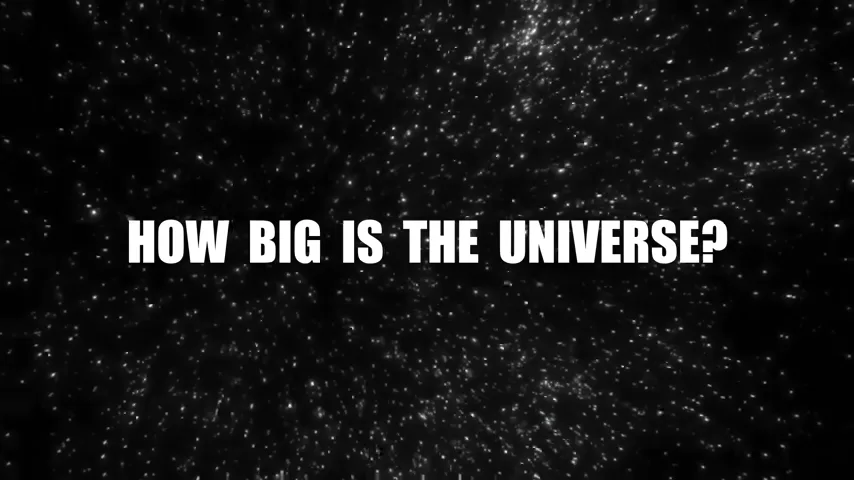The universe is a vast and almost incomprehensible expanse that stretches far beyond what the human mind can easily grasp. From the planet we call home to the very edge of the observable universe, our journey through space reveals scales so immense they challenge our perception of reality. Let’s embark on a cosmic voyage to understand just how big the universe truly is.
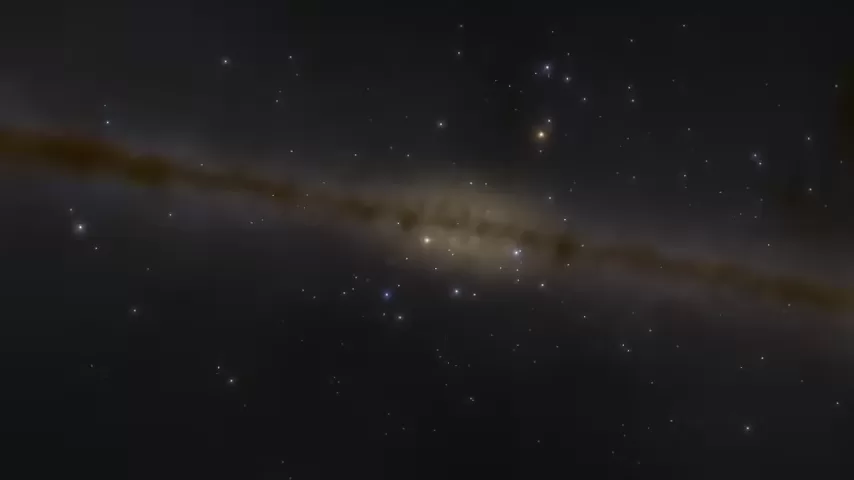
Starting Point: Earth and the Moon
Our journey begins on Earth, a tiny blue dot floating in the cosmic ocean. Every human who has ever lived, every story ever told, and every achievement in history has taken place on this fragile sphere. But to grasp the true scale of the universe, we must venture outward.
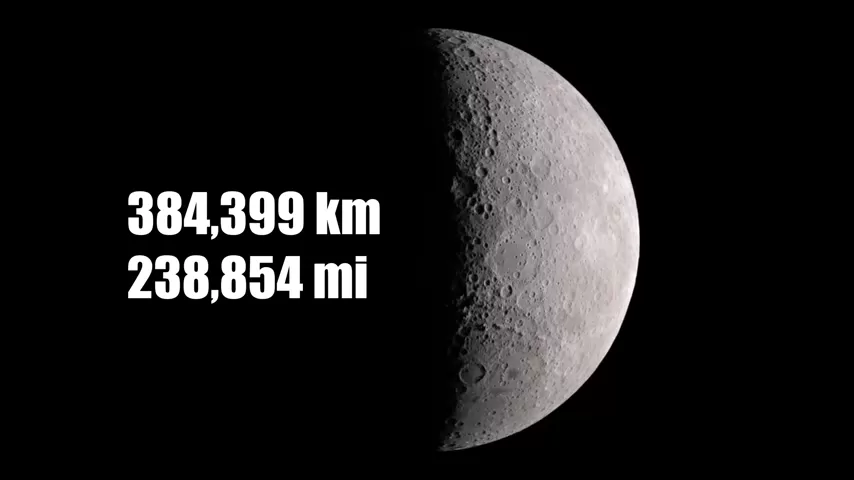
The Moon, our closest celestial neighbor, is about 384,000 kilometers (km) away. To put this into perspective, if you were to drive a car at a constant speed of 100 km per hour, it would take over 160 days to reach it. From the Moon, Earth appears as a small, distant orb, emphasizing how tiny we are in the vastness of space.
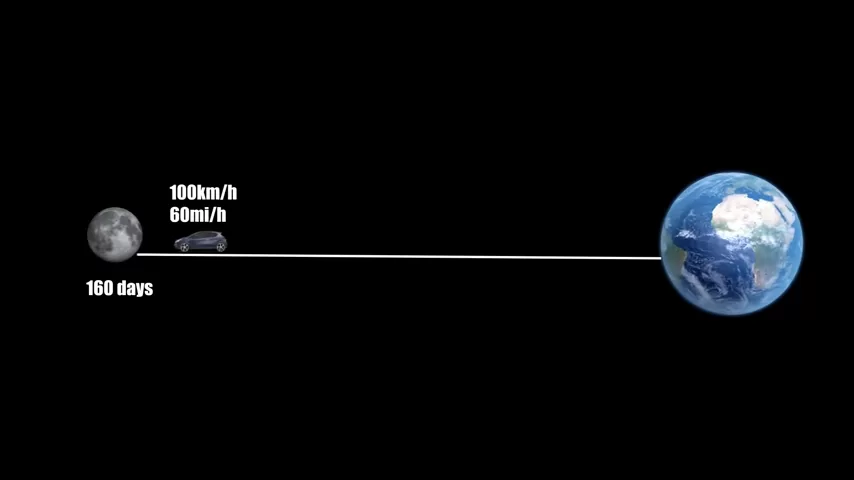
Beyond Earth: The Solar System
As we continue our outward journey, the next milestone is the Sun, located approximately 150 million km from Earth, also known as one astronomical unit (AU). Even at the speed of light (about 300,000 km per second), it takes 8 minutes and 20 seconds for sunlight to reach us. Traveling this distance in a commercial jet at 900 km per hour would take an astonishing 19 years!
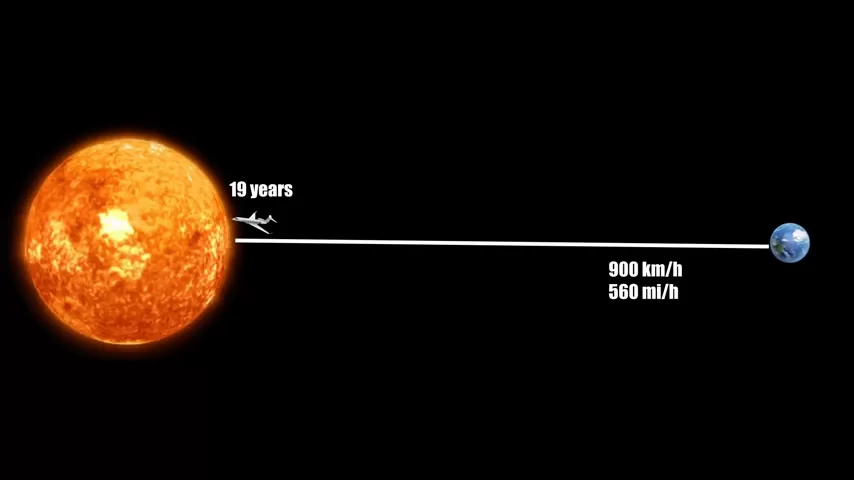
Further beyond, we reach Mars, the enigmatic red planet. At its closest, Mars is 54.6 million km away, but this distance can stretch to 401 million km when on opposite sides of the Sun. A commercial jet would take upwards of 50 years to travel this distance, highlighting the incredible challenge of human space travel.
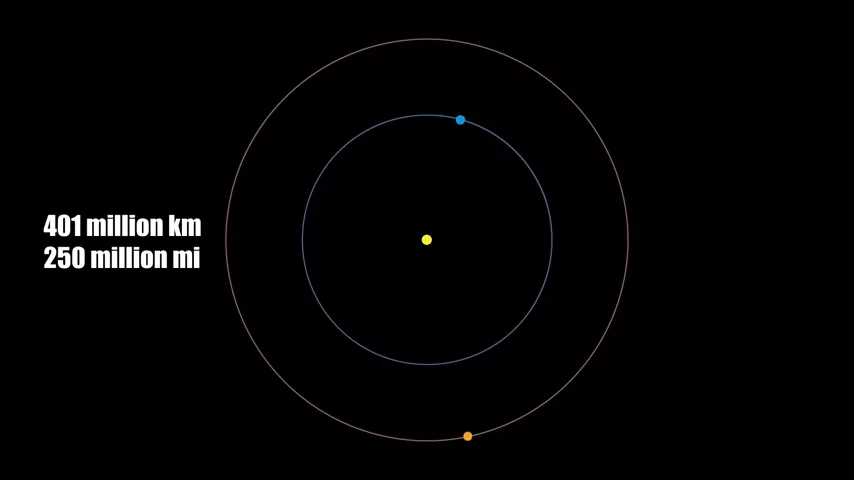
The most distant planet in our solar system, Neptune, lies roughly 4.5 billion km from Earth. Light from the Sun takes about 4 hours and 15 minutes to reach Neptune, demonstrating the sheer scale of our own solar neighborhood.
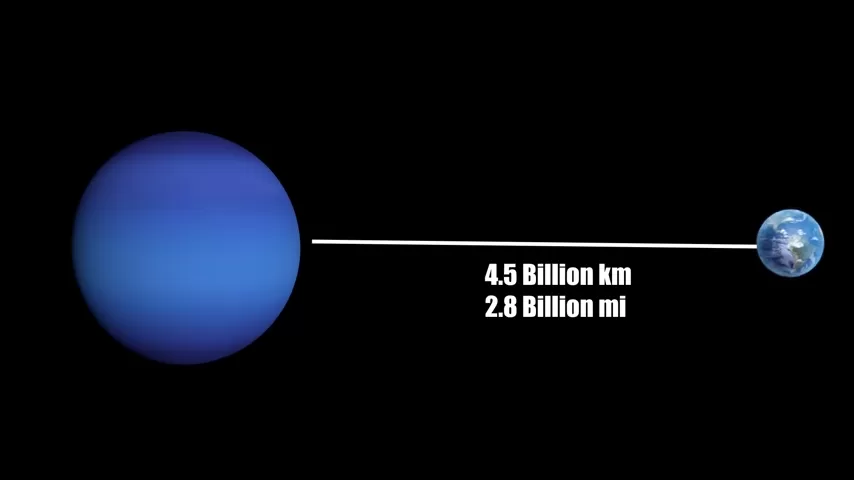
Voyager 1 and The Oort Cloud: Humanity’s Farthest Reach
Launched in 1977, the Voyager 1 space probe is the farthest human-made object from Earth. It has traveled for over four decades, covering a distance of more than 22 billion km. In 1990, Voyager 1 turned its camera back toward Earth, capturing the iconic Pale Blue Dot image. At this vantage point, Earth appeared as nothing more than a tiny speck in a vast cosmic sea.

At the edge of our solar system lies the Oort Cloud, a theoretical shell of icy objects extending up to 100,000 AU (about 1.9 light-years) from the Sun. This marks the boundary between our solar system and interstellar space, where the influence of our Sun wanes.
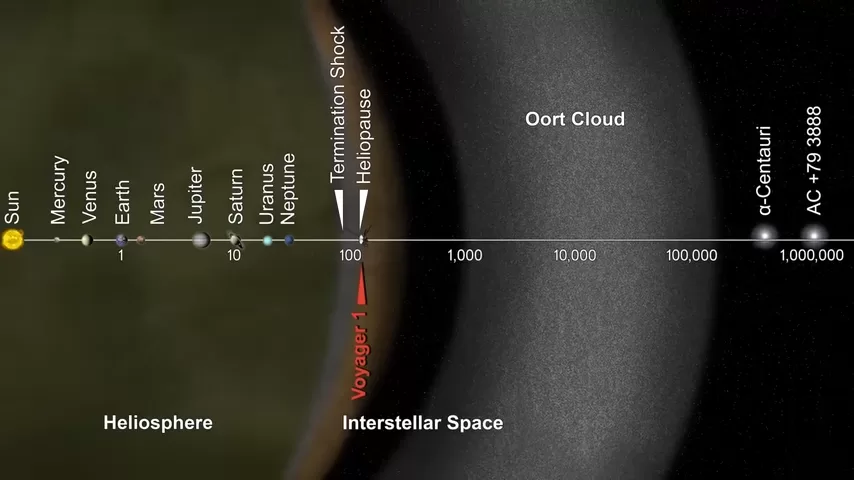
Interstellar Distances: Alpha Centauri and Beyond
The nearest star system, Alpha Centauri, is 41.3 trillion km away—over 276,000 AU. At such incredible distances, we transition to measuring space in light-years—the distance light travels in one year, or 9.46 trillion km. Alpha Centauri is 4.4 light-years away, meaning even our fastest spacecraft, traveling at 17 km per second, would take over 70,000 years to reach it.
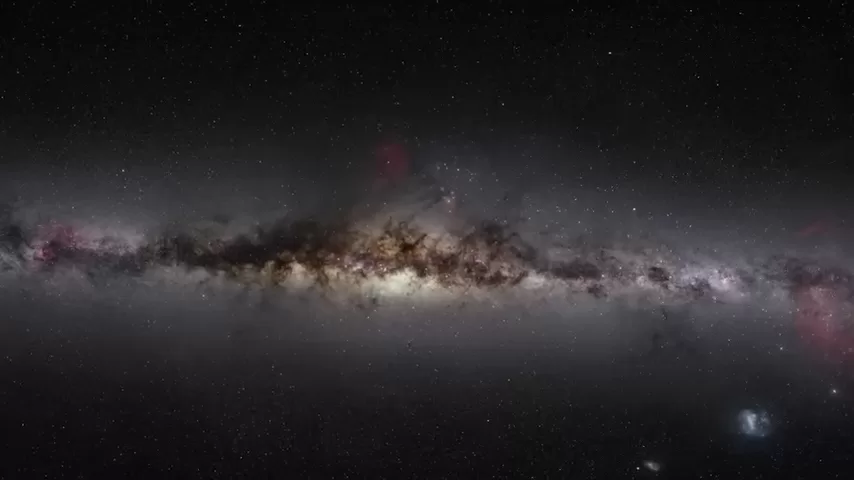
Our Milky Way galaxy is a staggering 100,000 light-years in diameter, home to hundreds of billions of stars. Within this vast structure, human influence extends only about 100 light-years in the form of radio signals—our so-called radio bubble. Beyond this, no one would yet know we exist.
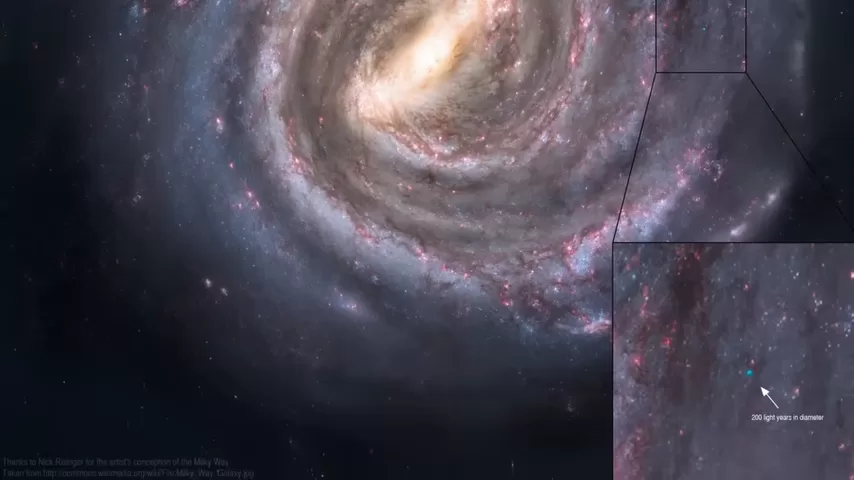
The Local Group and Superclusters
Zooming out further, our Local Group is a collection of over 50 galaxies, stretching across 10 million light-years. This cluster includes our Milky Way, Andromeda, and numerous dwarf galaxies. Even light, the fastest entity in the universe, takes 10 million years to traverse it.
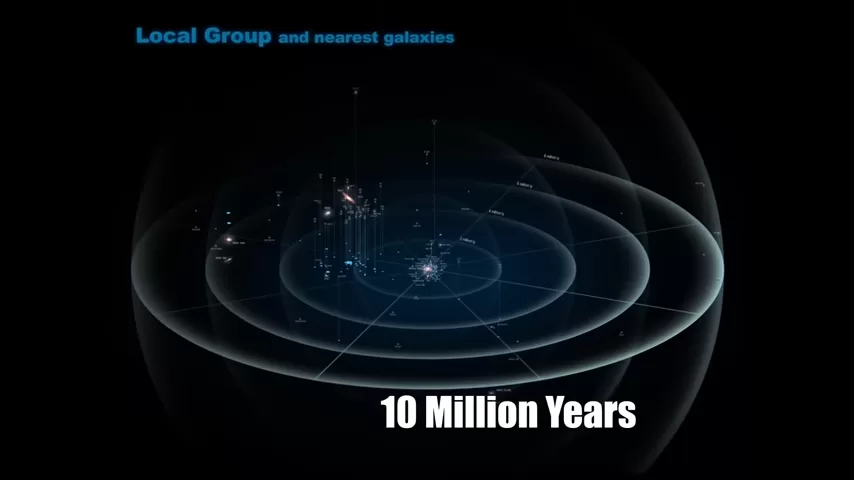
Beyond the Local Group, we encounter the Virgo Supercluster, spanning 110 million light-years. This massive cosmic structure contains thousands of galaxies. Even grander is the Laniakea Supercluster, which extends 500 million light-years and holds hundreds of thousands of galaxies, including our Virgo Supercluster.
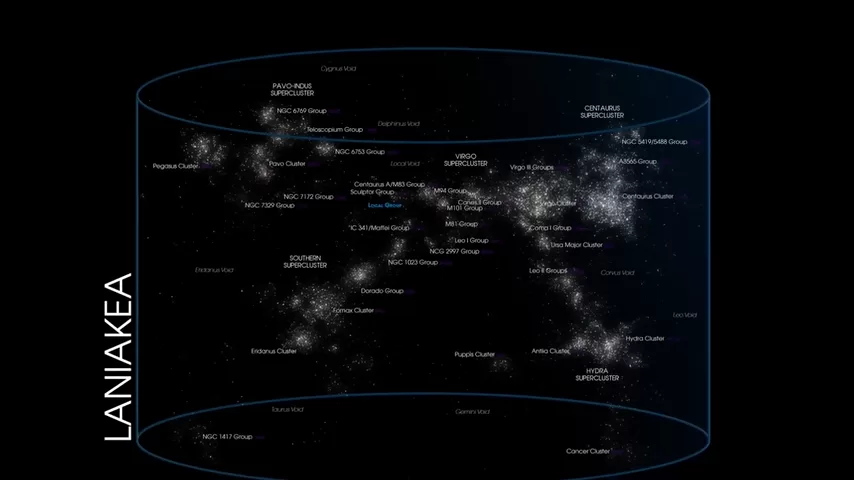
At the heart of Laniakea is the Great Attractor, a mysterious region pulling galaxies toward it with immense gravitational force. This vast structure places the Milky Way in a much larger cosmic framework, underscoring the grandeur of the universe.

The Observable Universe and Its Limits
Finally, we reach the observable universe, stretching 93 billion light-years in diameter. But how can the universe be this vast if it’s only 13.8 billion years old? The answer lies in cosmic expansion—the universe has been stretching since the Big Bang, increasing distances between celestial bodies.
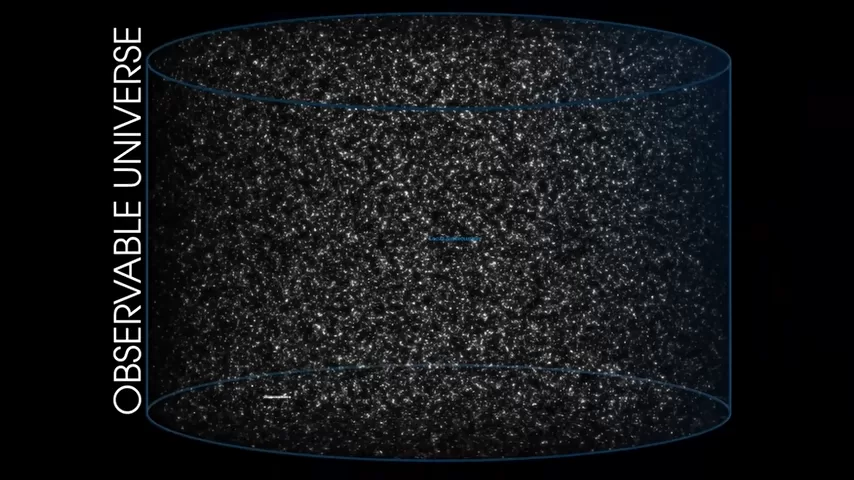
What lies beyond the observable universe remains one of the greatest mysteries in cosmology. Some regions of space are expanding away from us faster than the speed of light, placing them forever beyond our reach. The true size of the universe remains unknown—and possibly infinite.
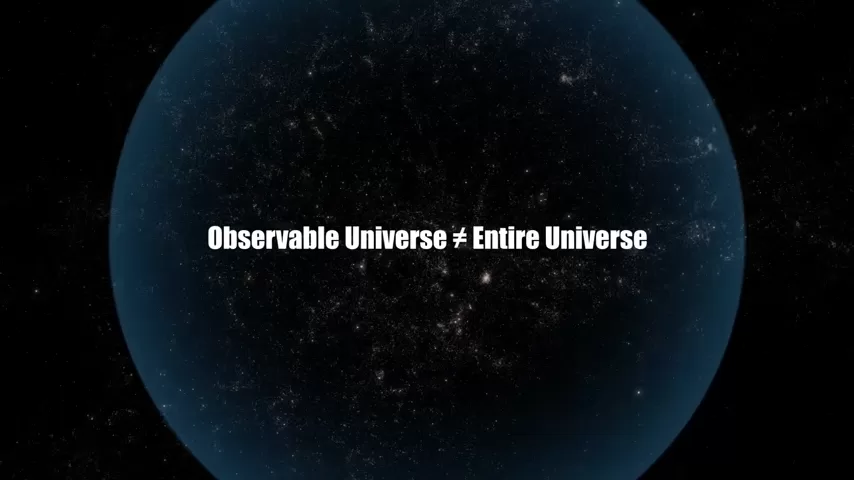
Final Thoughts: A Universe Beyond Comprehension
As we reflect on this incredible journey, one thing becomes clear: humanity occupies an infinitesimal fraction of the cosmos. Our home planet, so full of life and history, is just a speck in an unfathomable expanse.
Yet, despite the vastness of space, our curiosity knows no bounds. We continue to explore, question, and push the limits of our understanding. The more we learn about the universe, the more humbling it becomes—a reminder of both our insignificance and our boundless potential.
So, as we gaze at the night sky, let’s not only marvel at the stars but also recognize the incredible journey we’ve taken to comprehend even a fraction of this magnificent, infinite cosmos.
